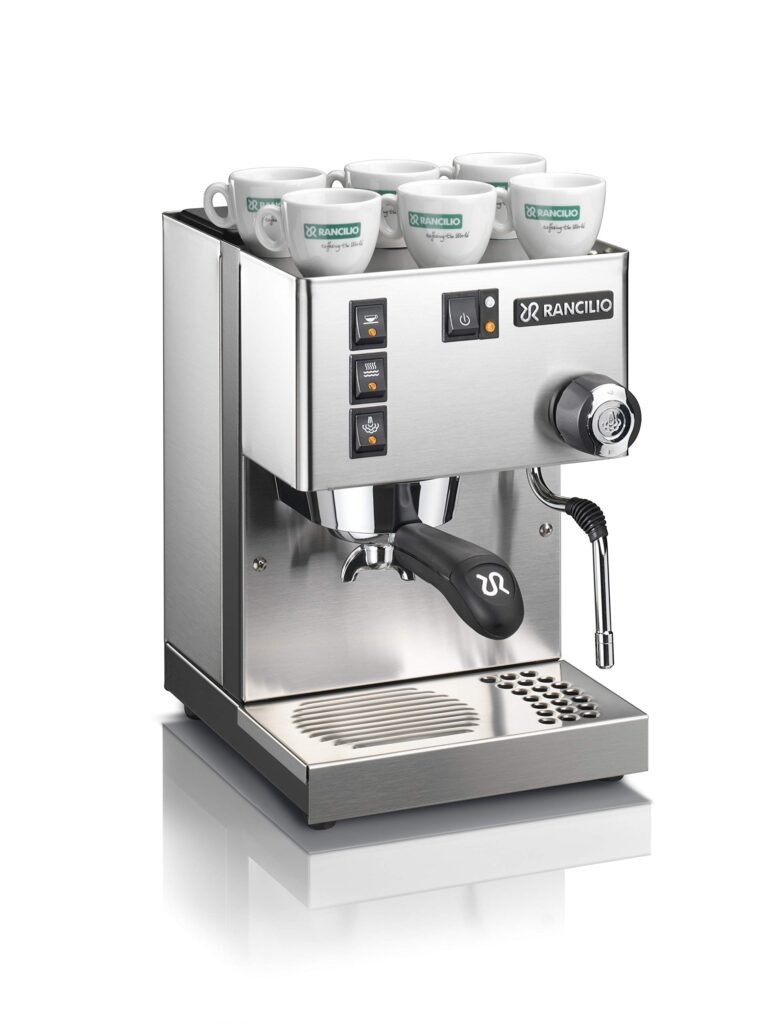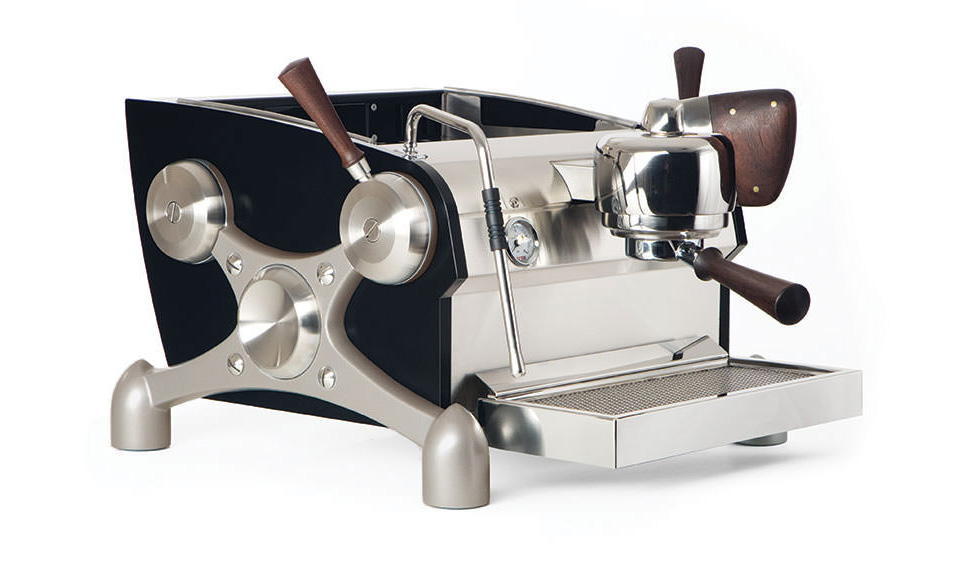Espresso, a staple in coffee culture, has a rich history that dates back to the early 20th century. The journey began in Italy, where Luigi Bezzera, an inventor from Milan, developed the first espresso machine in 1901. His creation, which used steam pressure to force hot water through finely-ground coffee, produced a concentrated and flavorful shot of coffee. This method revolutionized the way coffee was brewed and consumed. Over the years, advancements in technology and design have refined the espresso-making process, making it an integral part of coffee culture worldwide.
Espresso's distinctive taste starts with the beans, which are primarily sourced from regions around the equator, known as the "Coffee Belt." The climate in these areas is ideal for growing coffee beans, providing the perfect combination of temperature, rainfall, and altitude.
Making espresso is both an art and a science, requiring precision and practice. The process begins with selecting high-quality coffee beans and grinding them to a fine consistency. The ground coffee is then tamped into a portafilter and hot water is forced through it at high pressure, resulting in a rich, concentrated shot of espresso.
Espresso machines vary in complexity and features, catering to different skill levels.
A high-quality grinder is essential for making great espresso. Investing in a good grinder is more important than splurging on a high-end machine with a poor grinder. A consistent and precise grind ensures even extraction, which is crucial for the perfect shot. Mazzer grinders are typically a good middle of the road, and before you freak out over the price tag, understand that high end grinders can sell for upwards of $8,000.
Here, we'll list three top-rated espresso machines, each catering to different skill levels.

The Rancilio Silvia is a highly recommended single boiler machine, ideal for those beginning their home espresso journey. Although it cannot steam and brew simultaneously, it offers excellent performance and reliability. One of the standout features of the Rancilio Silvia is the ability to add external temperature controllers (PID) as a modification. While newer versions have started incorporating this feature, older, non-PID models can often be found on Facebook Marketplace and are a worthwhile upgrade. This flexibility makes the Rancilio Silvia a fantastic choice for beginners looking to explore the world of espresso.

The Rocket Cinquantotto, successor to the iconic R58, is an exceptional espresso machine designed for more advanced users. It features dual boilers, allowing you to steam milk and brew espresso simultaneously. This capability makes it perfect for entertaining guests without any slowdown in coffee preparation. Compared to the Rancilio Silvia, the Rocket Cinquantotto is a powerhouse, offering greater efficiency and performance. Its advanced features and robust build make it a standout choice for those looking to elevate their espresso-making experience.

For the advanced user, the Slayer Single Group stands as the ultimate dream machine, designed to be either the cornerstone of your café or the prized jewel in your kitchen. This investment offers unmatched design and innovative technologies that redefine espresso making. With patented needle-valve technology, it provides ultimate flow rate control, allowing for finer grinding and unique flavor profiles. Its independent brew boiler ensures impeccable temperature stability, while the individual steam boiler delivers unlimited steam capacity, enabling you to steam and pull shots simultaneously without pressure drops or temperature loss. The rotary pump reaches pressure swiftly and can draw from an external reservoir, ensuring consistent performance.
Handcrafted with form and function in mind, the Slayer Single Group offers customizable options for wood, metal, color, and accessories to match your aesthetic. Its unique heating system heats up quickly, providing stable temperatures and unrivaled steam capacity. Optional accessories like a removable drip tray basin add versatility, while intentional design features such as shot mirrors, a low profile, and ergonomic elements make it a pleasure to use. With a commercial group and internal parts rated at 1 million cycles, this professional-grade tool is capable of meeting the demands of both business and home use. The Slayer Single Group is equipped with all the necessary tools to extract the best flavors from each coffee, making it the ultimate choice for serious espresso enthusiasts and professionals.
Making your own espresso is a rewarding experience that combines art and science. While there is a learning curve, with practice, you'll be able to create a delicious cup of espresso that rivals those from your favorite coffee shop. So, invest in a good grinder, choose the right machine for your skill level, and enjoy the journey of mastering the art of espresso.